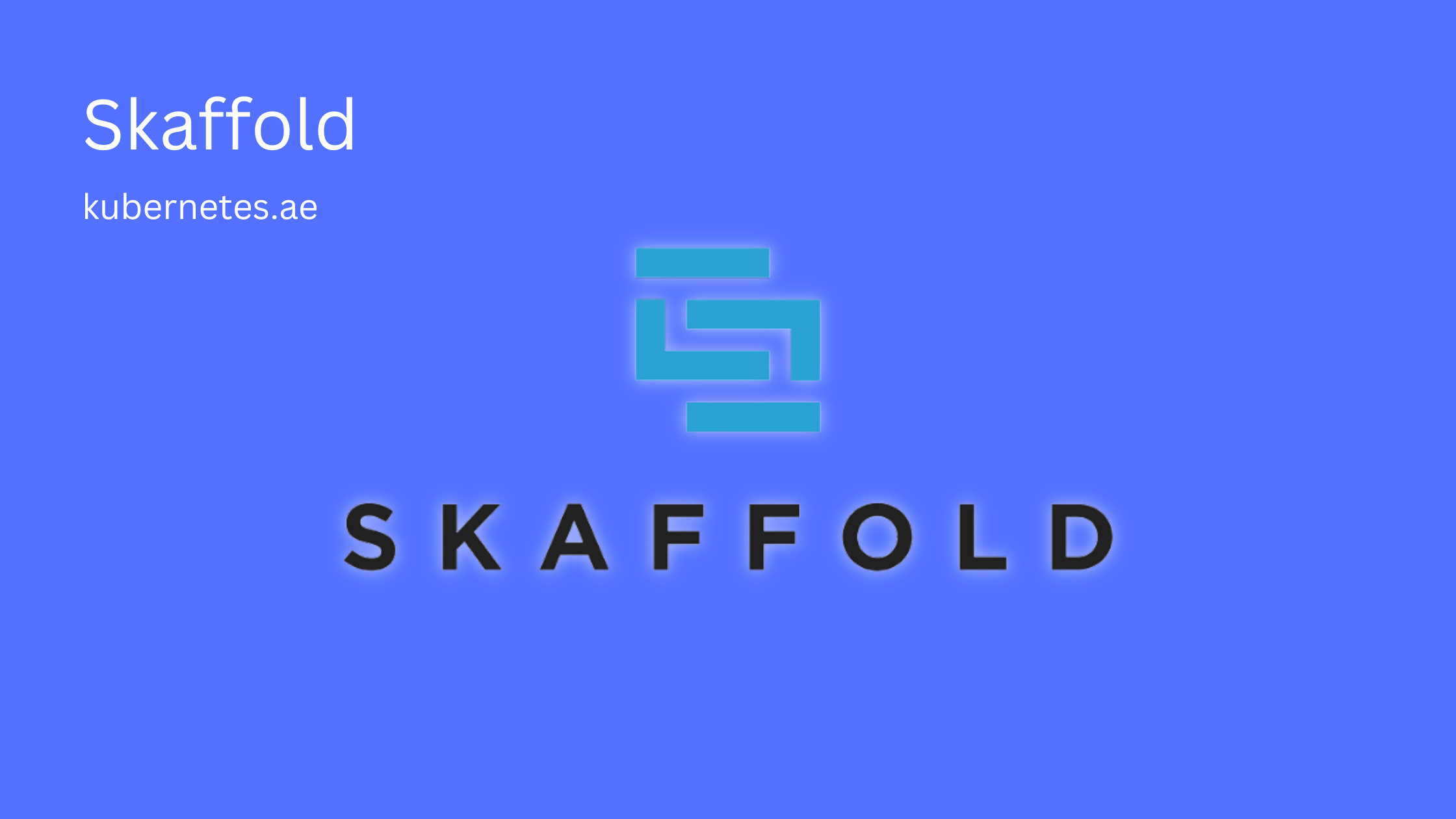As companies on-board to Kubernetes, one of their goals is to provide developers with an iteration and deployment experience that closely mirrors production. To help companies achieve this goal, we recently announced Skaffold, a command line tool that facilitates continuous development for Kubernetes applications. With Skaffold, developers can iterate on application source code locally while having it continually updated and ready for validation or testing in their local or remote Kubernetes clusters. Having the development workflow automated saves time in development and increases the quality of the application through its journey to production.
Kubernetes provides operators with APIs and methodologies that increase their agility and facilitates reliable deployment of their software. Kubernetes takes bespoke deployment methodologies and provides programmatic ways to achieve similar if not more robust procedures. Kubernetes’ functionality helps operations teams apply common best practices like infrastructure as code, unified logging, immutable infrastructure and safer API-driven deployment strategies like canary and blue/green. Operators can now focus on the parts of infrastructure management that are most critical to their organizations, supporting high release velocity with a minimum of risk to their services.
But in some cases, developers are the last people in an organization to be introduced to Kubernetes, even as operations teams are well versed in the benefits of its deployment methodologies. Developers may have already taken steps to create reproducible packaging for their applications with Linux containers, like Docker. Docker allows them to produce repeatable runtime environments where they can define the dependencies and configuration of their applications in a simple and repeatable way. This allows developers to stay in sync with their development runtimes across the team, however, it doesn’t introduce a common deployment and validation methodology. For that, developers will want to use the Kubernetes APIs and methodologies that are used in production to create a similar integration and manual testing environment.
Once developers have figured out how Kubernetes works, they need to actuate Kubernetes APIs to accomplish their tasks. In this process they’ll need to:
- Find or deploy a Kubernetes cluster
- Build and upload their Docker images to a registry that’s enabled in their cluster
- Use the reference documentation and examples to create their first Kubernetes manifest definitions
- Use the kubectl CLI or Kubernetes Dashboard to deploy their application definitions
- Repeat steps 2-4 until their feature, bug fix or changeset is complete
Check in their changes and run them through a CI process that includes:
- Unit testing
- Integration testing
- Deployment to a test or staging environment


Use the share button below if you liked it.
It makes me smile, when I see it.